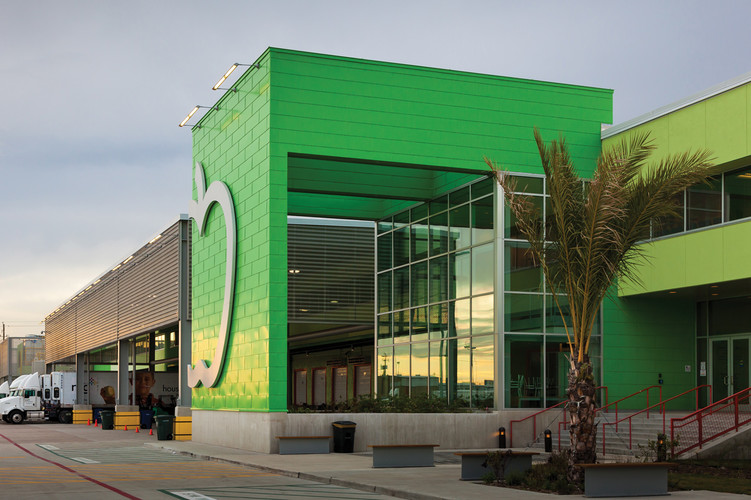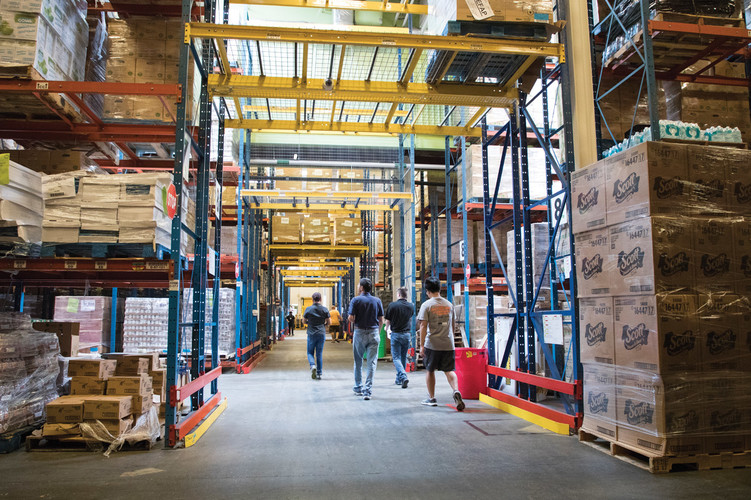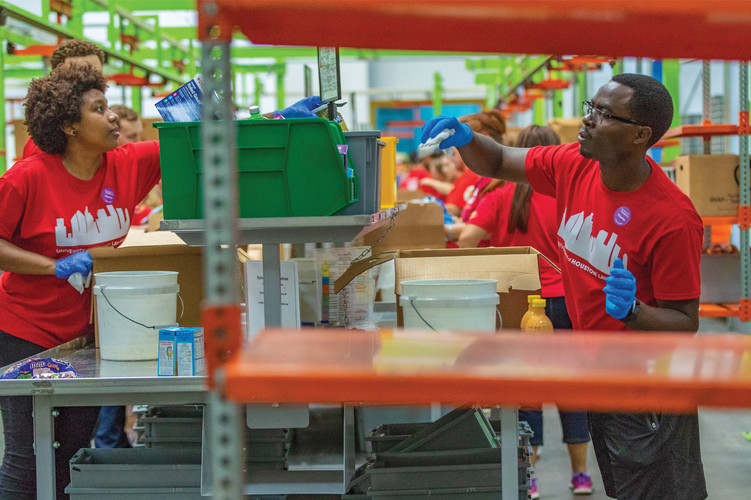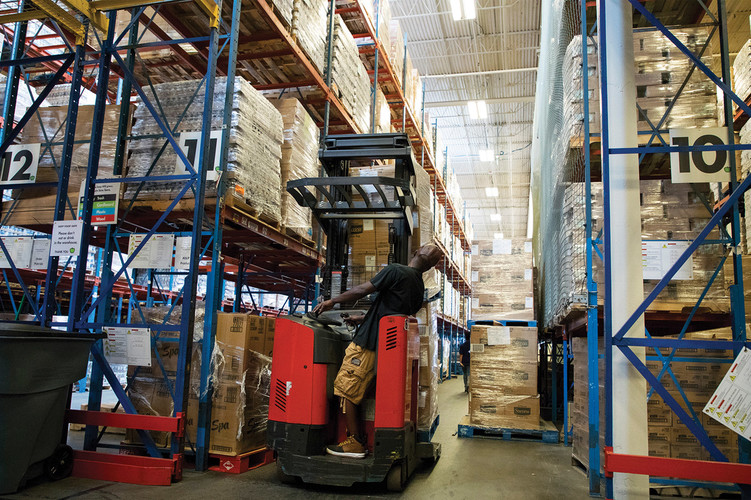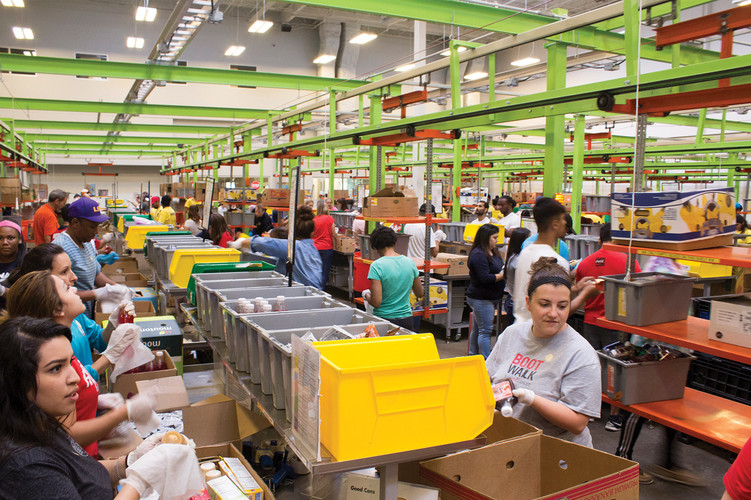After Hurricane Harvey devastated southeast Texas in 2017, people in the area needed the Houston Food Bank more than ever.
The organization, which was already the largest food bank in the nation, received an influx of food and monetary donations in the wake of the storm and quickly added staff to accommodate increased demand — growing nearly twofold to more than 400 staffers in a matter of months.
“We really pushed to open up the food bank as soon as possible after the disaster because we knew we needed to get the food out into the community,” says Casey Ferrell, the food bank’s director of IT. “As soon as we came to work, we started hiring people immediately.”
The growth spurred the food bank to refresh its aging infrastructure and adopt cloud solutions, on-premises hardware and end-user devices that would help existing and incoming staff to better serve clients.
Rapid business growth can certainly put pressure on IT shops, but it also represents an opportunity for tech managers to both update existing technologies and carve out a role for themselves as strategic leaders within their organizations.
“The key is to make sure you’ve thought about it ahead of time,” says Raymond Boggs, vice president for small and medium business research at IDC. “But it’s the problem you would like to have as a business: We’re growing so rapidly, how do we backfill as efficiently as possible? And it speaks to the role of IT as both a facilitator and a unit that can help transform the business.”

How Tech Supports Business Growth
Growth forces organizations to pay closer attention to the role that IT plays in their success, as the negative consequences of skimping on technology tend to grow along with the business. “It’s an ongoing education with management,” Ferrell says. “One of the big expenses they didn’t see in adding 100 employees is that we have to run Ethernet cables, we have to add power. You can’t just add a person and have them be effective without all of the tools in place. IT is absolutely a part of growth.”
As the Houston Food Bank grew, the organization moved away from aging data center infrastructure and migrated resources to the public cloud. The organization also upgraded to new Cisco switches both at the core and throughout the organization, deployed Office 365 and refreshed its entire endpoint fleet, standardizing with high-end Lenovo laptops.
“The move to the cloud and the new devices allowed us to support a mobile workforce,” Ferrell says. “We hadn’t updated any on-premises infrastructure in over eight years. The upside to doing all of this is we can serve the community better. That’s always the math: Is this purchase going to help out the community?”
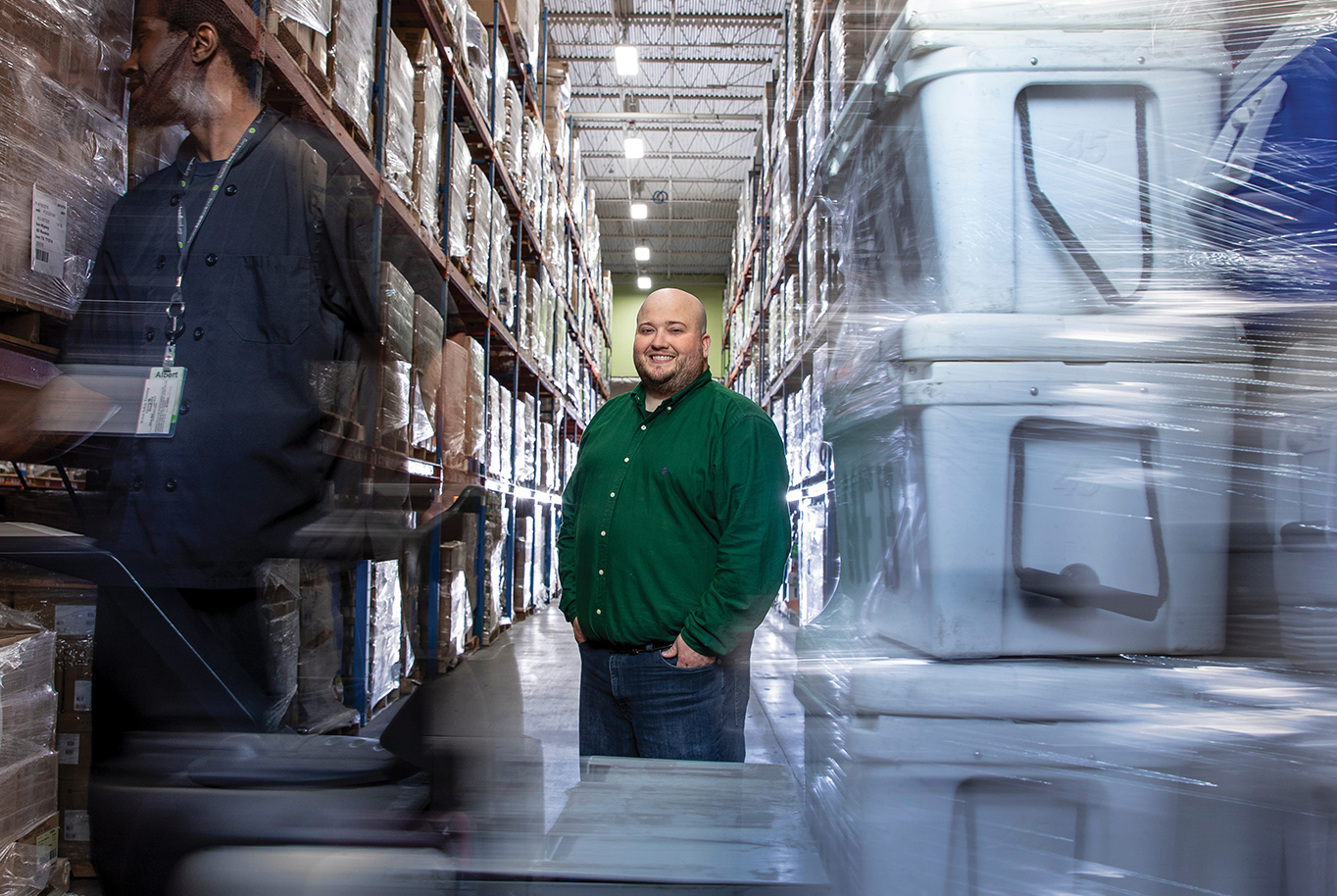
"You can't just add a person and have them be effective without all the tools in place," says Casey Ferrell, the Houston Food Banks' IT Director. "IT is absolutely a part of growth." Photography by Robert Seale.
Veritas Collaborative, based in Durham, N.C., is a specialty healthcare system for the treatment of persons with eating disorders and has expanded from one site to six and from 75 employees to 600 over the past several years.
The organization brought Randy Williams on in 2017 to serve as director of IT — and to formalize Veritas Collaborative’s IT strategy.
“When I came on board, IT was primarily desktop support services,” Williams says. “I came in to build a strategy to support the current environment and lay the foundation to support growing the business. We’ve assessed the entire IT environment — from the core network backbone to security to staffing.” Within a year and a half, the IT department has grown from three to 10 employees.
Mercantile Processing, based in Millville, Del., processes credit card payments for other companies and has grown by 30 to 40 percent annually in recent years.
Kyle Morgan, CEO and head of product for the company, expects to expand his current 13-person staff by about four employees over the next year to keep up with demand. But even several years ago, he says, he realized the need to invest in cloud collaboration software (G Suite), a Voice over IP system and employee devices including iPhones, Microsoft Surface tablets and Dell laptops.
“Four to five years ago, we knew growth was coming,” Morgan says. “We could either get ahead of it or things were going to start failing.”
Too often, Morgan says, small businesses miss out on opportunities to trim costs or improve productivity through IT investments. “I’ve been over the shoulder of an employee, talking about, ‘Let’s do this, let’s do that,’ and I see their computer slow down,” he says. “If I can help them work faster by getting them a new computer for $700, and I don’t do it, how much am I actually saving?”
Deploying technology that helps people get work done more efficiently is the key to managing periods of rapid growth, argues the Houston Food Bank’s Ferrell.
“As we move forward, people want new services, they want more efficient ways of accomplishing things,” Ferrell adds. “As the food bank grows, IT has to grow. And we’ve done a lot of that over the past year.”
Leon Chen, CEO of the cookie delivery service Tiff’s Treats, co-founded the Austin, Texas-based company 20 years ago when he and his wife were both in college. The company has doubled in size every two years throughout most of its life, and today it has 48 locations, with more to open soon. “We were fortunate early on to realize that taking orders by hand was difficult and prone to errors, and we couldn’t efficiently grow our company without the right technology,” Chen says. “We went from working off of a single Dell desktop to one Dell Inspiron laptop, and now we deploy four to five Dell OptiPlex Micro desktops at every location. We also just started the transition to the OptiPlex 7460 All-in-One for our front-of-house systems since the touch screen is key to our in-store operations.”
Working on those Dell OptiPlex Micro desktops is a team of developers who manage an app that lets customers track deliveries in real time, among other projects. Today, the company spends around 10 percent of its annual revenue on technology — more than it spends on ingredients. “Our investors see us as a technology company more than as a cookie company,” Chen says.
DOWNLOAD: Check out what workers of the future expect in “The Modern Workforce Insight Report” by CDW.
Growing Businesses Must Support Technology End Users
Shortly after Williams joined Veritas Collaborative, the organization implemented a Cisco Meraki network backbone Office 365 and two three-node Nutanix clusters. The organization is in the process of migrating its existing file sharing program, which is currently plagued by poor performance, onto the Nutanix hyperconverged infrastructure.
“That was one of those technologies that could simplify our processes by combining storage and compute,” Williams says.
“We went with Nutanix because having that control and scalability internally was preferable, especially with sensitive things like patient information,” says Joe Farley, Veritas Collaborative’s technical services manager. “It’s a dramatic change from where we were three years ago, and it’s definitely headed in the right direction as we continue preparing for growth in the future. Setting that foundation was key for us.”






